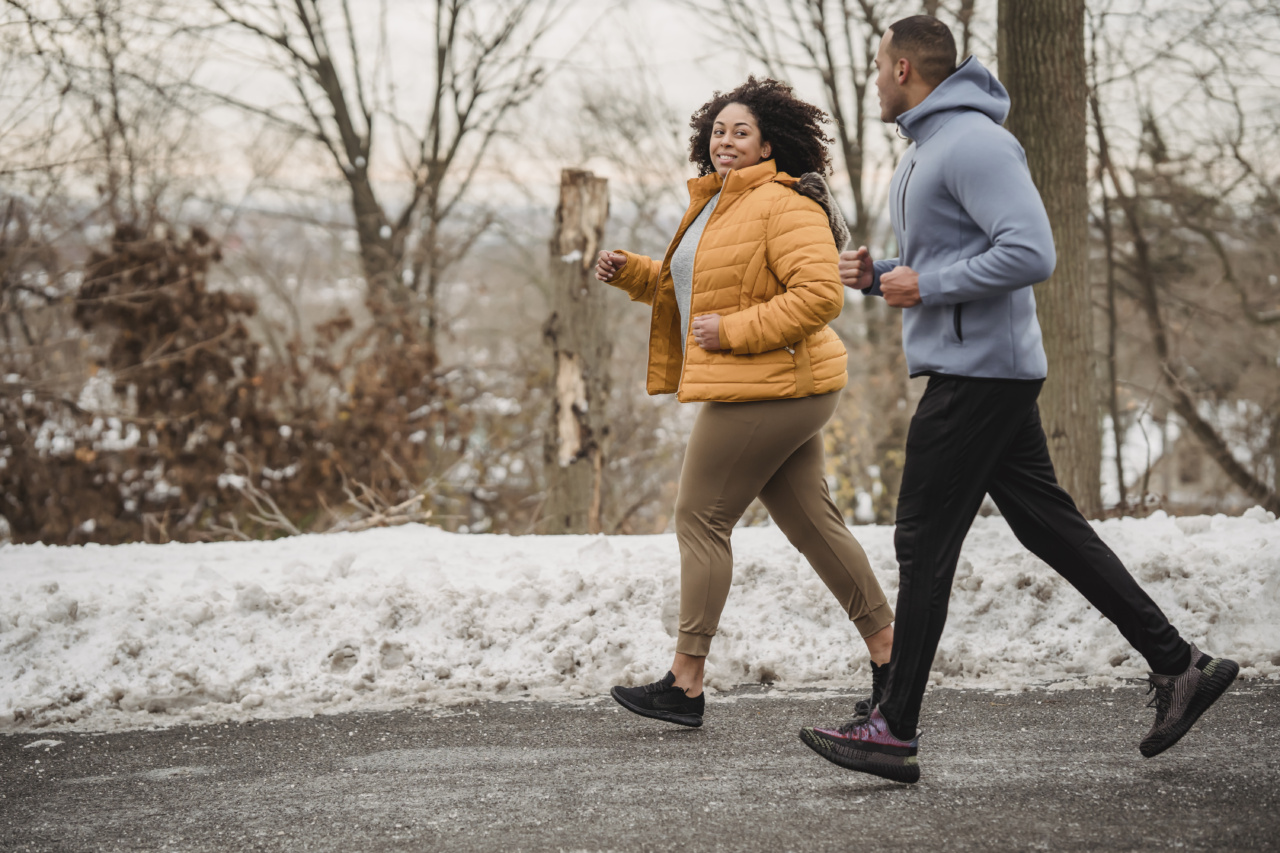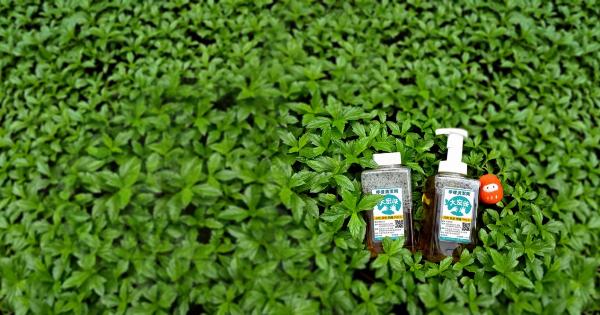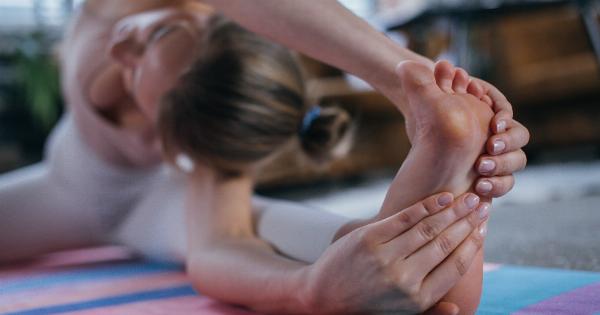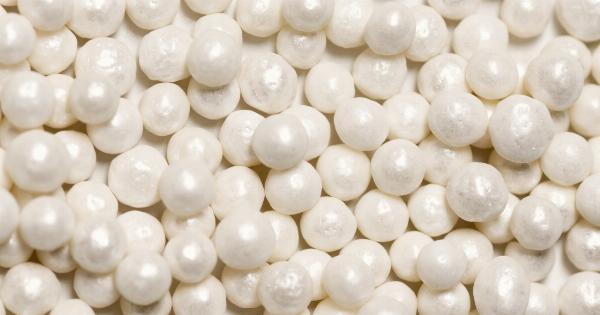Have you ever wondered why some individuals seem to be more sensitive to cold temperatures than others? It turns out that there is a strong link between cold sensitivity and physical conditioning.
Physical fitness plays a crucial role in regulating body temperature and overall thermal comfort, making individuals who are in good physical shape less vulnerable to cold sensitivity. In this article, we will explore the relationship between physical conditioning and cold sensitivity and uncover some interesting findings.
The Science Behind Cold Sensitivity
Cold sensitivity, also known as cold intolerance or cold hypersensitivity, refers to an abnormal response to cold temperatures where individuals experience discomfort or pain even in mild to moderately cool conditions.
This sensitivity can be caused by various factors, including medical conditions, poor circulation, hormonal imbalances, or certain medications. However, the connection between physical conditioning and cold sensitivity is often overlooked.
Our bodies are designed to maintain a stable core temperature of around 98.6°F (37°C). When we are exposed to cold temperatures, our bodies engage in various thermoregulatory mechanisms to conserve heat and prevent heat loss.
These mechanisms include vasoconstriction of blood vessels, shivering, and increased metabolic activity to produce more heat. The efficiency of these mechanisms can be influenced by an individual’s physical conditioning.
The Role of Physical Conditioning
Physical conditioning, which encompasses both cardiovascular fitness and muscular strength, improves the body’s ability to adapt to environmental stressors.
Regular exercise and maintaining a healthy weight contribute to better blood circulation, enhanced muscle function, and improved metabolic efficiency – all of which play a significant role in combating cold sensitivity.
Blood Circulation and Cold Tolerance
Good blood circulation is essential for maintaining proper body temperature and preventing cold sensitivity.
When our bodies are exposed to cold temperatures, blood vessels in our extremities constrict to conserve heat and redirect blood flow to vital organs. However, individuals with poor circulation may experience inadequate blood flow to their extremities, resulting in cold hands and feet.
Regular exercise, particularly aerobic activities like running, cycling, or swimming, promotes healthy blood circulation. It strengthens the heart and blood vessels, allowing them to pump blood more efficiently throughout the body.
With improved circulation, the extremities receive an adequate supply of warm blood, reducing cold sensitivity in those areas.
Muscle Function and Heat Generation
Muscles are our natural heaters. They generate heat through physical activity, contributing to the overall body temperature regulation. People who are physically fit tend to have a higher percentage of lean muscle mass.
This increased muscle mass allows them to generate more body heat, thereby enhancing their cold tolerance.
Resistance training exercises, such as weightlifting or bodyweight exercises, are particularly effective in building muscle mass.
By engaging in strength training, individuals can increase their muscle mass and metabolic rate, leading to a higher basal metabolic rate (BMR). A higher BMR means their bodies produce more heat even at rest, making them less susceptible to feeling cold.
Metabolic Efficiency and Cold Adaptation
Metabolic efficiency refers to the body’s ability to produce energy while minimizing heat loss. In individuals who are physically fit, the metabolic system operates more efficiently, allowing for optimal heat production and conservation.
This enhanced metabolic efficiency aids in adapting to cold environments, reducing cold sensitivity.
Regular aerobic exercise, combined with a balanced and nutritious diet, helps improve metabolic efficiency. Aerobic activities elevate the metabolic rate during exercise and promote long-term adaptations that enhance overall metabolic function.
As a result, individuals with higher fitness levels are better equipped to generate and retain heat, improving their cold tolerance.
Other Benefits of Physical Conditioning
Beyond reducing cold sensitivity, physical conditioning offers numerous additional benefits. Regular exercise improves cardiovascular health, increases stamina, enhances cognitive function, boosts mood, and aids in weight management.
It also reduces the risk of developing chronic diseases like heart disease, diabetes, and certain types of cancer.
Conclusion
In conclusion, there is a clear link between cold sensitivity and physical conditioning. Regular exercise, which improves blood circulation, muscle function, and metabolic efficiency, plays a pivotal role in enhancing cold tolerance.
Individuals who maintain good physical fitness levels are less likely to experience discomfort or pain in cold temperatures compared to those who are physically inactive or unfit. So, if you often find yourself shivering in the cold, it might be time to lace up those sneakers and embark on a journey towards better physical conditioning!.





























